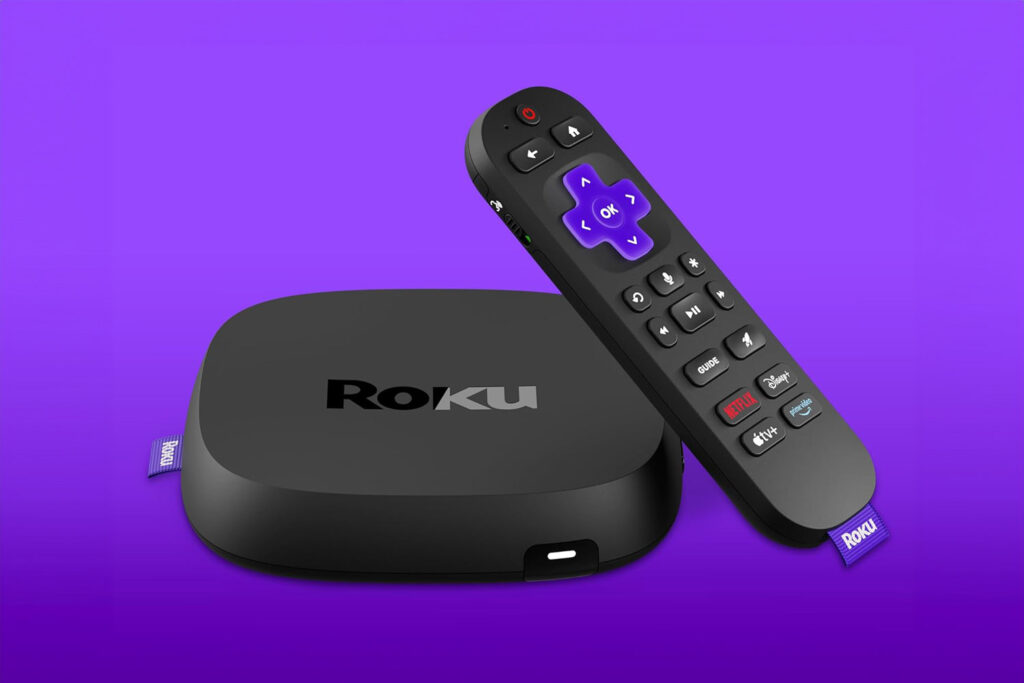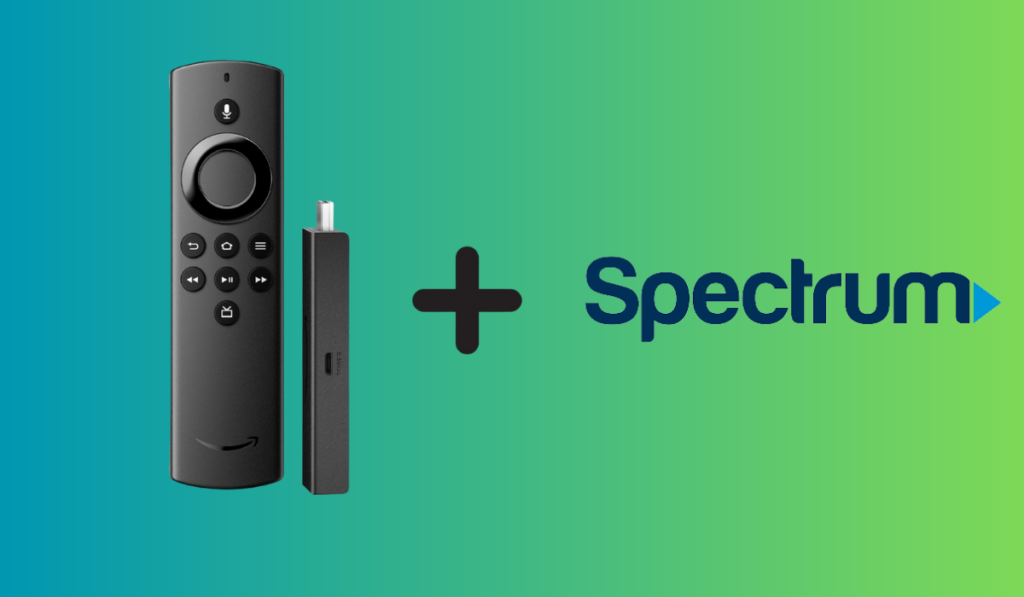If you have a Dolby Atmos-compatible AV soundbar or receiver, Dolby Atmos speakers, and Dolby Atmos content, you should be getting Dolby Atmos sound, right? To determine whether you’re actually getting Dolby Atmos sound, you need to first understand how Atmos works with your media components and sources.
You can test Dolby Atmos output by checking your AV receiver or TV display for “Atmos” or “Dolby Atmos” options. You can also put on a Dolby Atmos movie and listen closely to see if sounds move from one corner to the other. Another option is to check your speaker app to see if it uses Atmos.
There are several ways to check whether you’re getting Dolby Atmos sound. The easiest way is to check your TV display or AV receiver simply. Once you’ve properly dialed in your files, apps, settings, and hardware, you should be able to get excellent Dolby Atmos sound that’s going to be worth all the extra effort!
How To Test For Dolby Atmos Sound Output

If you've upgraded from Dolby Digital, or maybe you purchase an Atmos system outright, you need to make sure you have it set up right to get the most from your system. There are two simple ways to test for Dolby Atmos sound output.
Check Your TV Display Or AV Receiver
The best way to test for Dolby Atmos Output is to look at the information panel or the on-screen display of your soundbar or AV receiver. It should show the audio signal the soundbar is currently working with.
If the display doesn’t show “Dolby Atmos” or “Atmos,” then chances are that you’re not getting Dolby Atmos output. This method is typically easier than choosing the right soundtrack for a ricochet or rainfall sound check.
Listen Closely To Your Audio
If you’re getting Dolby Atmos sound, you’ll be able to detect the sounds moving from one side of the room to the other. It’s advisable to use videos of whizzing cars, bullet ricochets, and rainfall when testing with this method.
Along with moving from side to side and front to back, you should also check whether the sounds are coming from overhead or somewhere above your screen.
What If your Device Doesn’t Have an AV Receiver or Display Screen?
If your device doesn’t have a display screen that shows what type of audio your device is using, don’t worry! There are a few other testing methods you can employ.
Watch A Dolby Atmos Video Or Movie
You can do a test run with YouTube videos that have sound specifically designed to let you know if you’re getting Dolby Atmos sound. You can also play a movie scene where multiple objects are flying around.
If you’re able to detect each object moving individually, then that means you’re using Dolby Atmos.
Try Your Speaker App
Some speaker systems and soundbars come with an app for managing settings and audio levels. These applications usually show the audio type they’re currently processing, including Dolby Atmos.
What Does Dolby Atmos Sound Like?
As long as you have all the right Dolby Atmos-compatible equipment, Atmos can bring theater-quality audio right to your living room. It works great with both home theater systems (with AV receivers) or a pair of earphones.
Atmos-optimized technology analyzes all audio data, detects the total number of speakers and their placement, and then determines optimal real-time playback.
This means that if you’re watching a video with a train rolling by, the sound will change with the direction of the train, making you feel like you’re actually in the scene.
Dolby Atmos can realistically replicate the sound of something as tiny as a bee moving from one flower to another or as big as an explosion, making the sounds spatially accurate. You’ll even be able to hear sounds coming from overhead, fooling your brain into thinking you're in the middle of the scene.
Atmos-compatible speakers also feature upward-firing drivers, giving you the added advantage of height. They bounce the sound off of the ceiling to replicate high-end, ceiling-mounted speakers.
When you see a helicopter flying overhead on the screen, you’ll feel as if its blades are whirring right over your head.
Does Dolby Atmos Sound Better With A Dolby Soundbar?
The answer to this question is a resounding yes. This is because Dolby sound systems and soundbars come with specific placement recommendations that allow you to make the most out of Dolby Atmos and experience the best sound.
Instead of using channels, Atmos treats most sounds as “objects.” It does not assign a sound to a specific channel or speaker but allows filmmakers to assign a sound to a certain place.
So, rather than assigning audio to the “right surround speaker,” it assigns it to the “right rear corner.”
Similarly, instead of “pan from right surround speaker to left surround speaker,” it gives the instructions to “pan smoothly from right to left across the back wall.” This gives greater flexibility and enhances the experience of watching a movie at home.
To experience the full benefits of Atmos, you’ll need a soundbar or receiver that can decode it. Dolby soundbars also include special upward-firing speakers with separate drivers that bounce the sound off your ceiling.
Audio that Atmos bounces is tuned as well, making you feel as if you’re standing right in the middle of the scene.
Dolby Atmos also allows you to have a higher number of possible speakers. If you really want to go all out with your home theater system, you can have as many as 24 normal speakers and 10 height speakers (34 in total).
You don’t necessarily need to install such a large amount, but if you’ve got a couple of spare amps and speakers lying around, then go for it!





